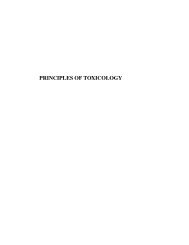Insect-pests - Biology East Borneo
Insect-pests - Biology East Borneo
Insect-pests - Biology East Borneo
Create successful ePaper yourself
Turn your PDF publications into a flip-book with our unique Google optimized e-Paper software.
K.S.S. Nair and Sumardi 13<br />
5100 km from the Indian Ocean to the Pacific<br />
Ocean, between 5 0 N and 11 0 S latitude and 94 0 –<br />
141 0 E longitude (Whitten et al. 1996), and the<br />
Wallace’s line separating a small eastern part, the<br />
conventional definition of indigenous species has little<br />
relevance. For instance, the natural distribution of<br />
Pinus merkusii is limited to northern Sumatra and that<br />
of Acacia mangium and Paraserianthes falcataria to<br />
some small areas of the eastern islands, and therefore<br />
it is not appropriate to consider them as indigenous to<br />
Indonesia as a whole. Designating a species as<br />
exotic is a matter of definition. If instead of the<br />
political boundary of the country, we accept a<br />
narrower spatial scale like the major island groups<br />
and their surroundings as the spatial unit to define<br />
indigenous and exotic species, most plantation<br />
species in Indonesia will have to be treated as exotic.<br />
A comparison between indigenous and exotic species<br />
is best made after a detailed consideration of <strong>pests</strong><br />
and diseases in plantations.
















